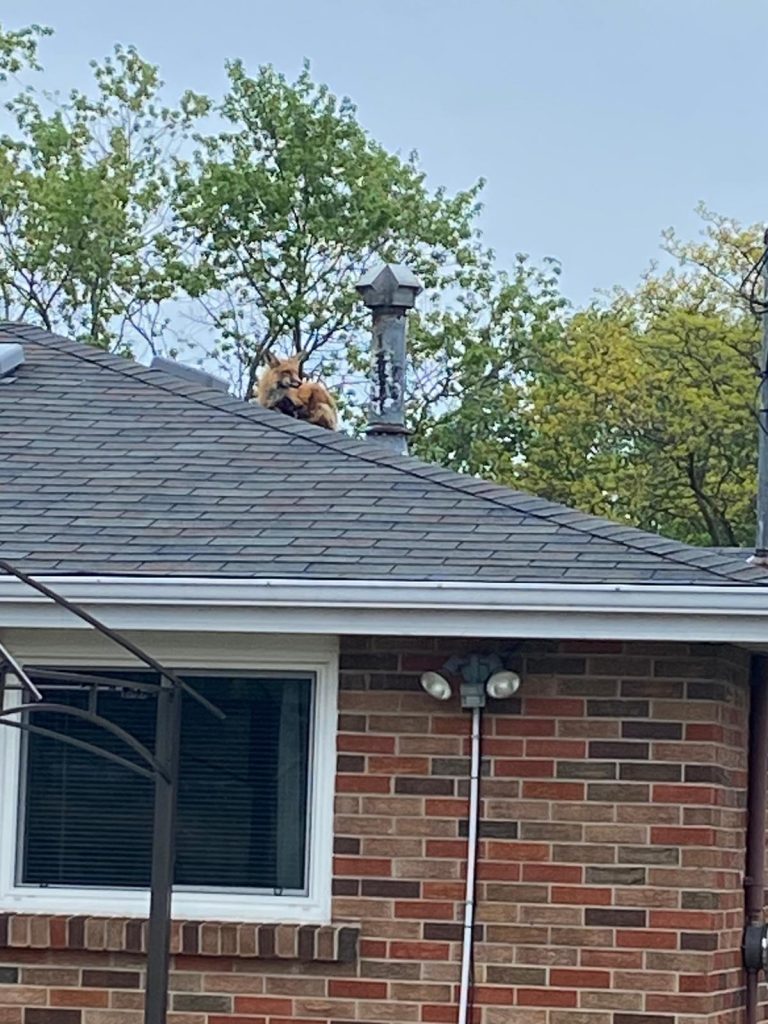A homeowner in the Twin Cities could experience a wide variety of nuisance wildlife problems.
The natural and suburban habitats have plenty of resources for animals to thrive in Minneapolis-St. Paul. The Big Woods is a belt of hardwoods that passes next to the Twin Cities and pockets of those hardwoods still exist in the city. The rivers and lakes provide plenty of water for animals. Finally, people and their homes have food and shelter for animals.
Nuisance Fox in the Backyard

Minnesota is home to two species of foxes, but only the red fox is in Minneapolis. They generally avoid people and are only dangerous if rabid. If you see a fox in your backyard, it usually is moving from one hunting area to another.
They can become a problem when they create a den. Foxes dig dens for raising kits or to seek shelter from severe winter weather.
Fox Control in Minneapolis

A local homeowner started to notice a strong musky smell in their backyard and small dog poop. They did not have a dog.
It wasn’t long before they found a fox family burrowing under their deck. After a thorough inspection, the wildlife specialist found evidence of a fox den under their porch and fox activity in their attic.
After we used various different non-harming and humane trapping methods, we trapped the foxes. We work closely with the Wildlife Rehabilitation Center of Minnesota, and they were all safely relocated to their natural habitat. The faces on baby foxes’ faces, once they were warm and in the proper shelter, were priceless.
After safely removing the family of foxes, we installed exclusions around the deck. Foxes are excellent diggers. We wrapped the deck with hardware cloth and buried it a foot deep. Because the foxes had made their way into the attics, we sealed all potential entry points around the roof.
All of our whole home exclusions come with a one-year warranty. If a fox dens under her deck or gets into her roof through our repairs, we’ll come back and fix it. No questions asked.
Coyotes and foxes are both predators that could visit your backyard in Minnesota.
The easiest way to identify them is by their size and body shape. The coyote has a much larger size, longer legs, a more muscular body, and a thinner tail. The fox, by contrast, has shorter legs, a smaller body, and a bushy tail.
You will also hear the difference between foxes and coyotes. Coyotes make long howls rising and falling in pitch. They will also make yips, yelps, and barks. Foxes most often make high-pitched whining or yelping.
Having a fox in your backyard can be a good thing. Their diet consists of rodents so they can help manage rat and mice populations. Foxes pose very little risk to people or pets. Small cats (less than five pounds) or kittens might be a prey animal.
Both grey foxes and red foxes are protected.


